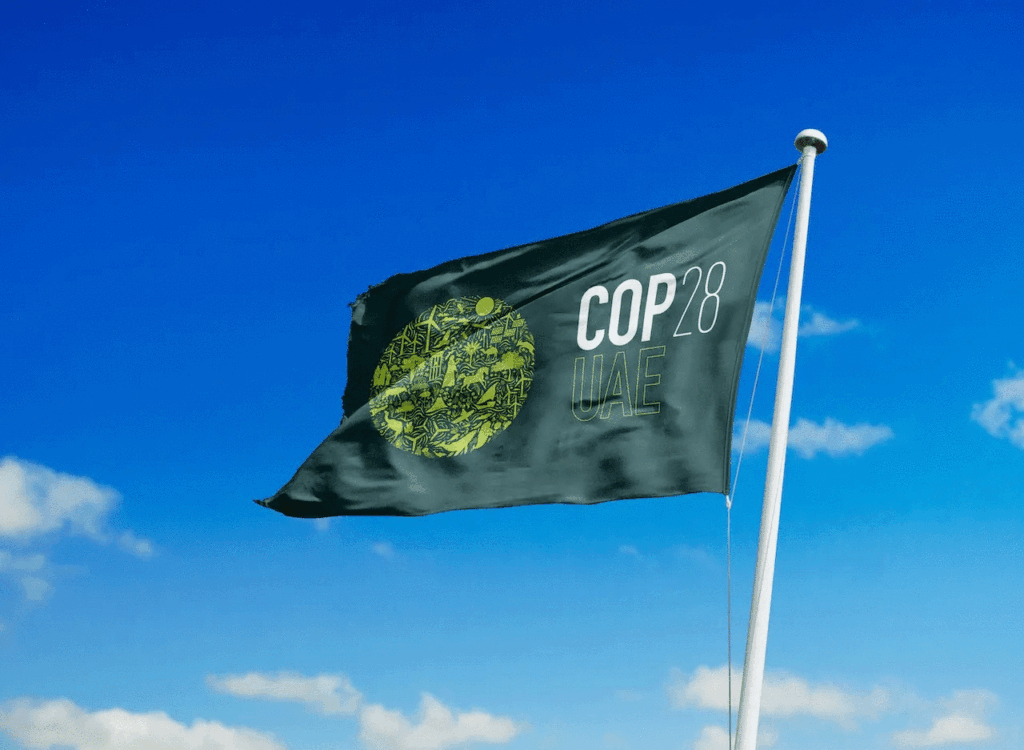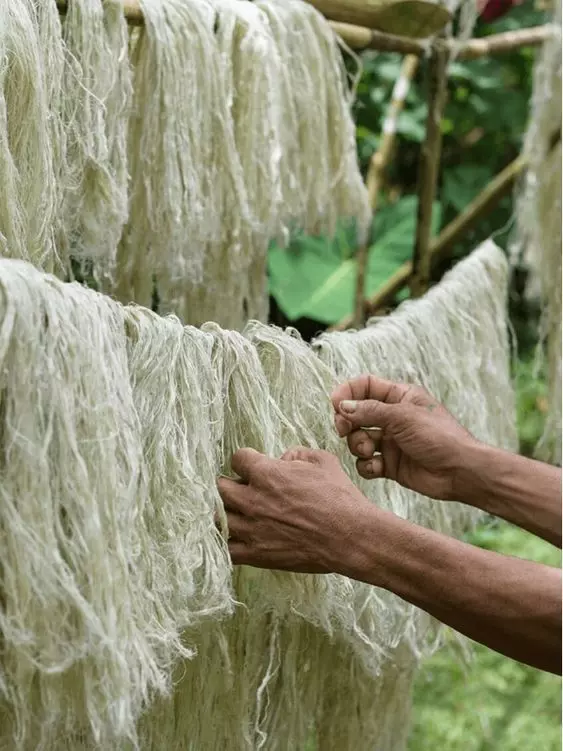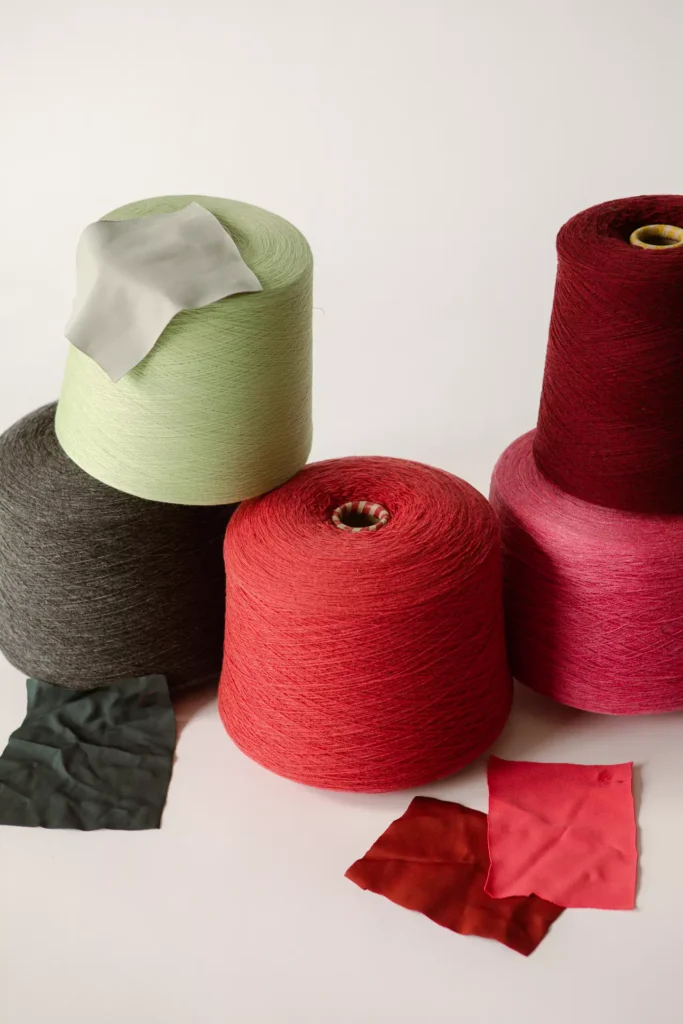COP28: IN FAVOUR OF A SHIFT TOWARDS SUSTAINABILITY IN THE TEXTILE INDUSTRY?
The role of fashion
Fashion and the textile industry have been discussed at events dedicated to sustainability and climate change. Fashion is linked to sustainability because of its impact on natural resources, greenhouse gas emissions, and social issues related to production and the supply chain.
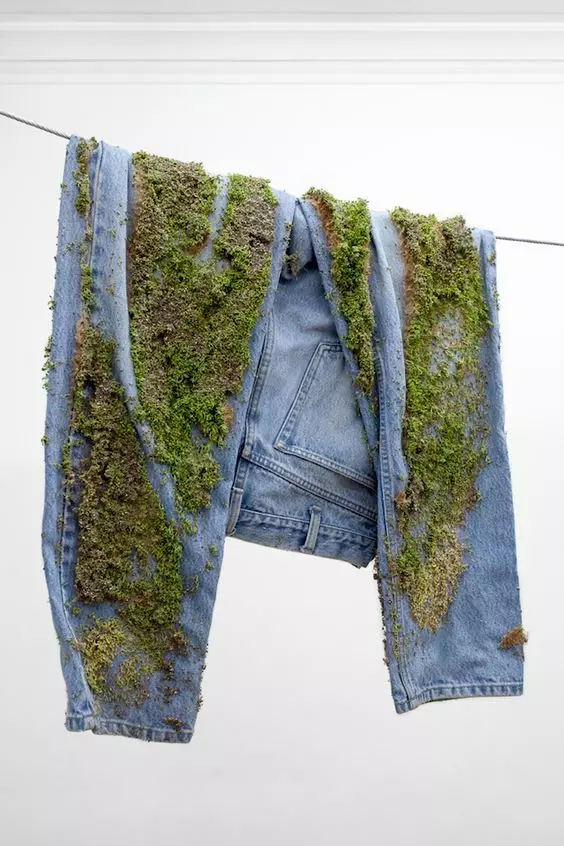

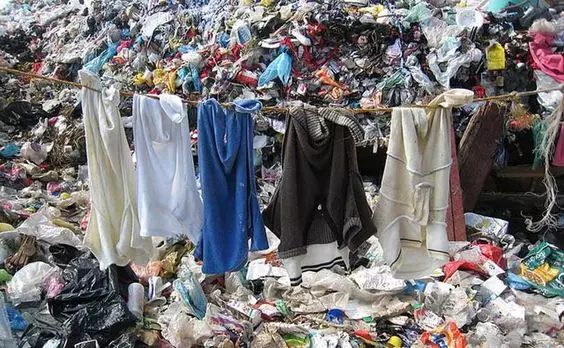

Putting ourselves in context: fashion's impact on the environment
The fashion industry has various impacts on the environment, local communities and society at large. Some of the most significant impacts include:
Consumption of Natural Resources:
The production of textiles and clothing often involves intensive use of natural resources, such as water, energy and raw materials. Textile fibre farming and manufacturing processes can contribute to deforestation, water scarcity and soil degradation.
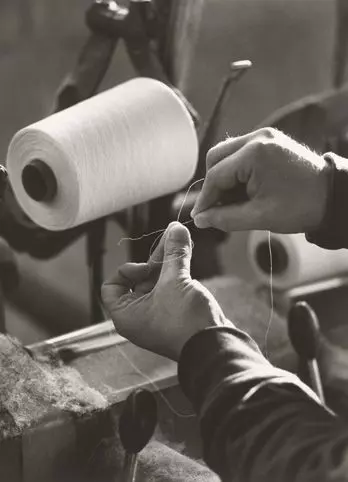



Water and Soil Contamination:
Textile dyeing and finishing processes can release toxic chemicals that pollute water and soil. The chemicals used, such as dyes and finishing chemicals, can have negative effects on human health and the environment.


Greenhouse Gas Emissions:
Textile production and clothing manufacturing contribute to greenhouse gas emissions, either through energy use in production facilities or through the transport of goods along the supply chain.
Working Conditions and Human Rights:
In many cases, garment manufacturing takes place in developing countries where working conditions can be precarious and workers' rights may not be adequately protected. Low wages, long working hours and lack of job security are common problems in the fashion industry.
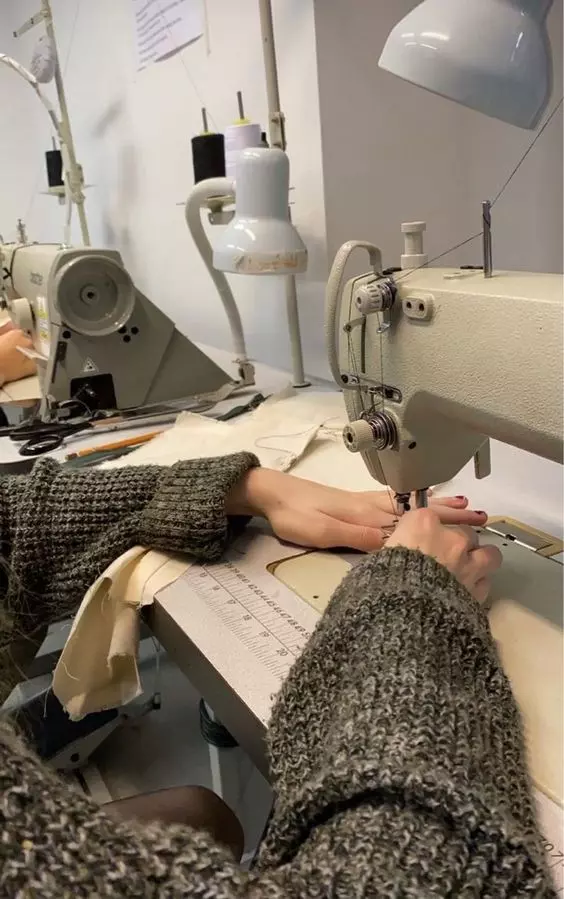

Waste and residues:
Fast fashion, characterised by accelerated production cycles and low-cost garments, contributes to massive waste generation. Discarded clothing contributes to the accumulation of textile waste, which is often not readily biodegradable.




Social and Cultural Impact:
Rapidly evolving fashion trends and large-scale production can have social and cultural impacts. The constant pressure to buy new clothes can encourage overexploitation of resources and contribute to a culture of unbridled consumption.
What about change?
Importantly, there is a growing movement towards sustainable fashion that seeks to address these issues by promoting more ethical and environmentally friendly practices in the industry.


This includes the adoption of sustainable materials, ethical manufacturing practices, responsible consumption and a focus on the circular economy. Consumer actions, as well as industry initiatives and government regulations, can play a crucial role in mitigating the negative impacts of the fashion industry.
THE SOLUTION
The relationship between sustainability and fashion has become increasingly important in the industry as awareness of the environmental and social impacts of mainstream fashion has grown. Here are some key aspects of the intersection between sustainability and fashion:




Ethical Production:
Sustainability in fashion also refers to ethical manufacturing practices. This involves fair working conditions, living wages and the fair and respectful treatment of workers.
Responsible Consumption:
Encouraging a more conscious consumer approach is essential. This includes buying fewer clothes, choosing quality garments that last longer and considering sustainable fashion.
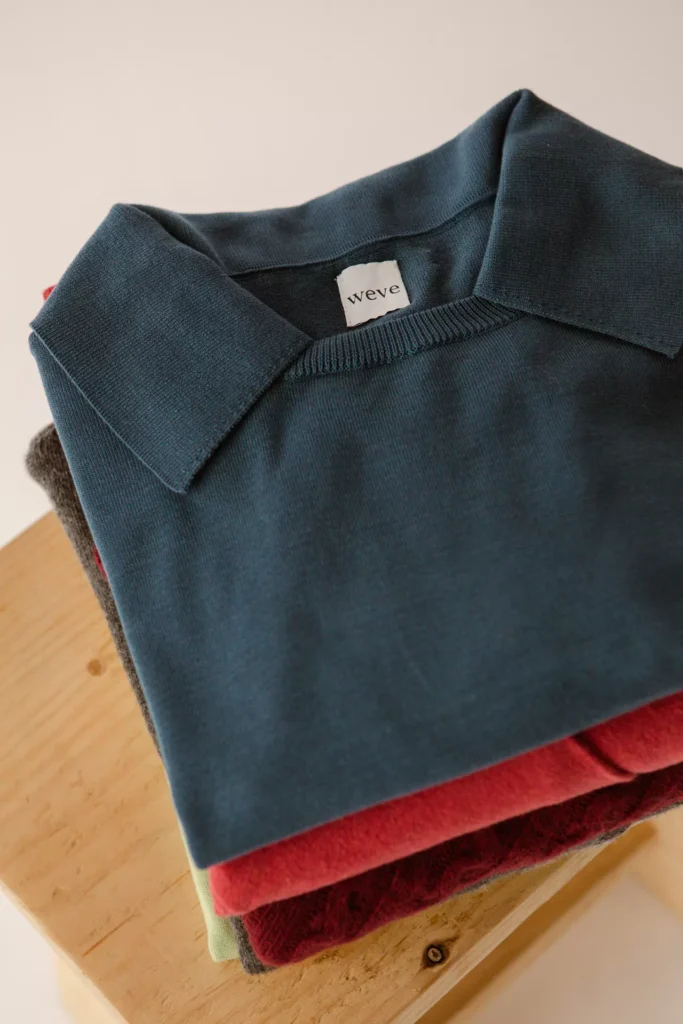



Sustainable Design:
Brands are incorporating sustainable design principles to reduce waste and ecological footprint. This includes efficient cutting patterns, modular design and versatile garments that can be worn in a variety of ways by combining physical fashion with digital design.
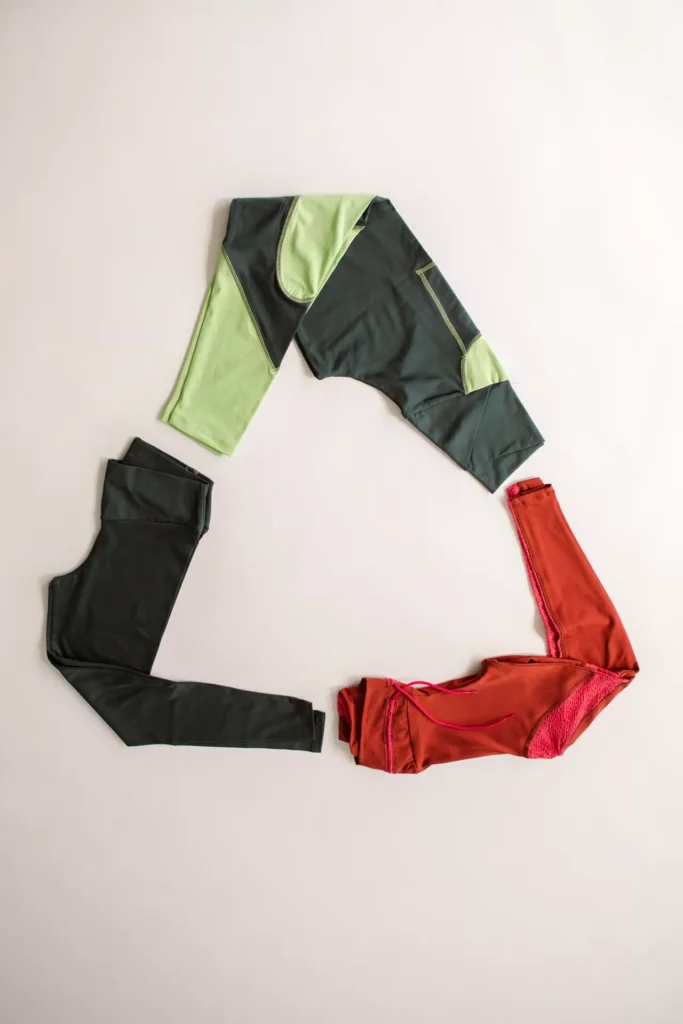

Recycling and reuse:
Circular fashion, which involves recycling and reusing garments, is gaining momentum. Brands and consumers are exploring ways to give new life to used clothing, either through donations or textile recycling. For textiles to be recycled, they need to be made of mono-material or very low material mix.
Transparency:
Transparency in the supply chain is essential for consumers to make informed choices. Many brands provide us with information about where and how they produce products, which helps build trust and accountability.


Technological Innovation:
Research and development of new technologies are also contributing to sustainability in fashion. This includes the creation of innovative textiles, such as vegan leather, and more efficient and less polluting production processes.


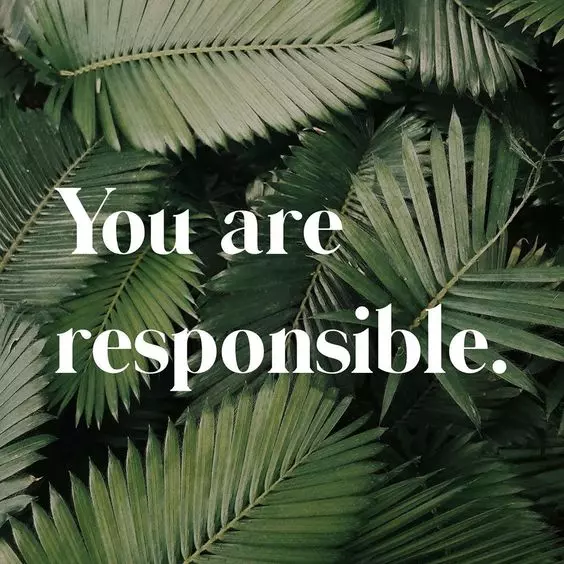

Every action makes a difference:
In short, sustainability in fashion involves addressing environmental and social impacts along the entire value chain, from raw material production to waste management. Individual and collective actions by both industry and consumers are crucial to move towards more sustainable and ethical fashion.
